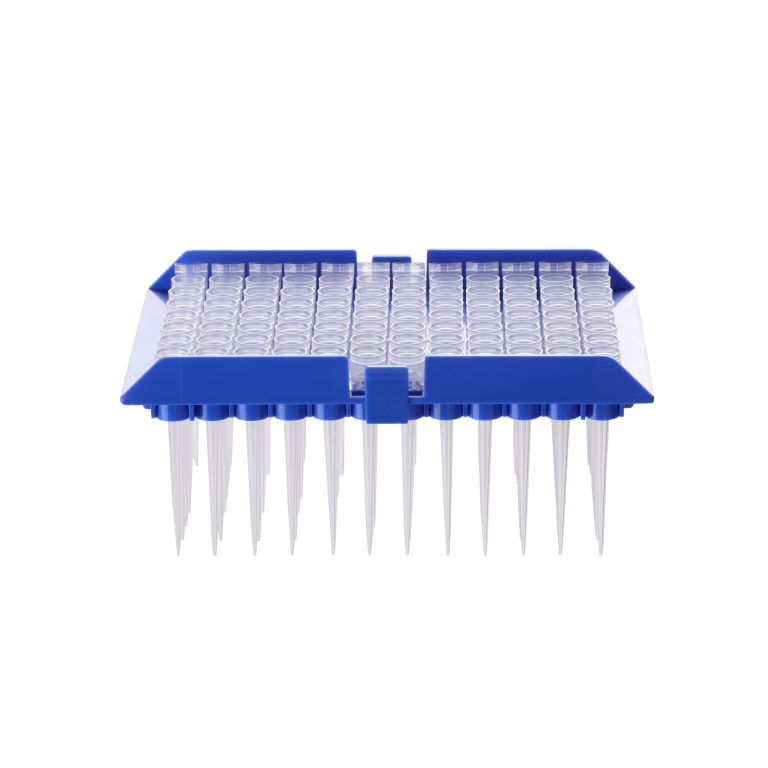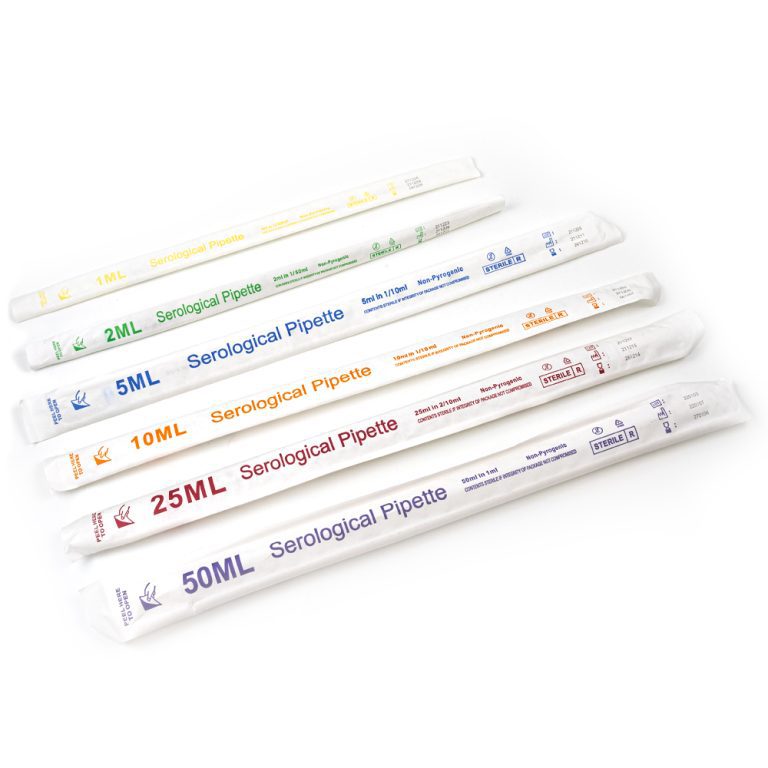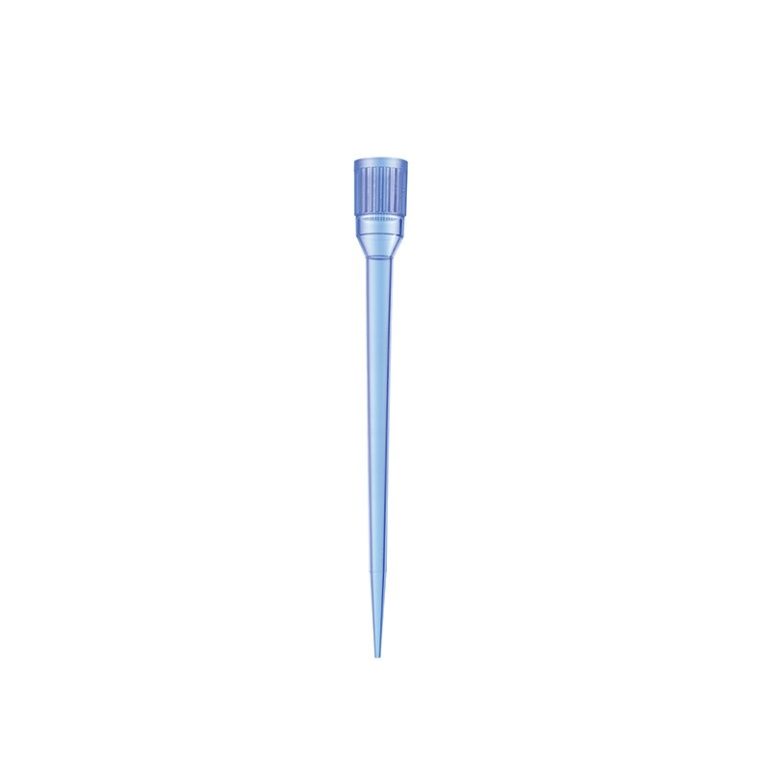Centrifugal tubes are used in a variety of laboratory applications. Some common use cases of centrifugal tubes include:
- Sample separation – The primary use of centrifugal tubes is to separate components of liquid samples using centrifugal force. Centrifugation separates samples into layers based on density, particle size, and sedimentation rate. This allows the isolation of supernatant, precipitates, cell pellets, etc. Common examples are separating serum or plasma from whole blood, isolating bacteria from broth cultures, pelleting RNA/DNA from cell lysates, etc.
- Cell harvesting – Centrifugal tubes are frequently used to pellet cells from suspension cultures or tissue homogenates. The cells sediment at the bottom of the tube, allowing the removal of the supernatant. The cell pellet is then resuspended in fresh media or buffer. This “harvesting” process is used when expanding cell cultures.
- Microbial culture – Glass or plastic centrifugal tubes are often used to culture and isolate microorganisms like bacteria, viruses, and parasites. The tubes allow small-scale culture with a sufficient volume of growth media, and convenient sedimentation of cells using a benchtop centrifuge.
- Sample concentration – When a sample volume is too large to use for a particular application, centrifugal tubes can be used to concentrate the sample. Sedimentation by centrifugation reduces the volume, making the sample more concentrated. The concentrated sample is then used for further processing like analytics.
- Cell lysing – Centrifugal tubes provide containment for harsh cell lysing methods needed to isolate cellular components like DNA, RNA, proteins, etc. Cells in suspension or from culture plates are transferred to the tubes, then subjected to mechanical, chemical, or enzymatic lysis. This releases the target molecules which are then separated by centrifugation.
- Storage – Clean centrifugal tubes can also be used simply for storing and archiving samples like culture stocks, aliquoted reagents, sediment pellets, etc. Samples are transferred to the tubes, often in controlled environments, then stored long-term at the appropriate temperature. Properly stored samples remain viable for extended periods.
- Transfer vessel – Centrifugal tubes frequently serve as interim transfer vessels when processing samples between different equipment like bioreactors, incubators, analyzers, etc. They provide temporary containment during the transfer process.



